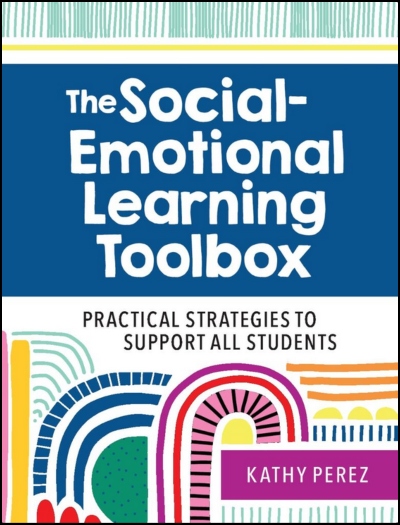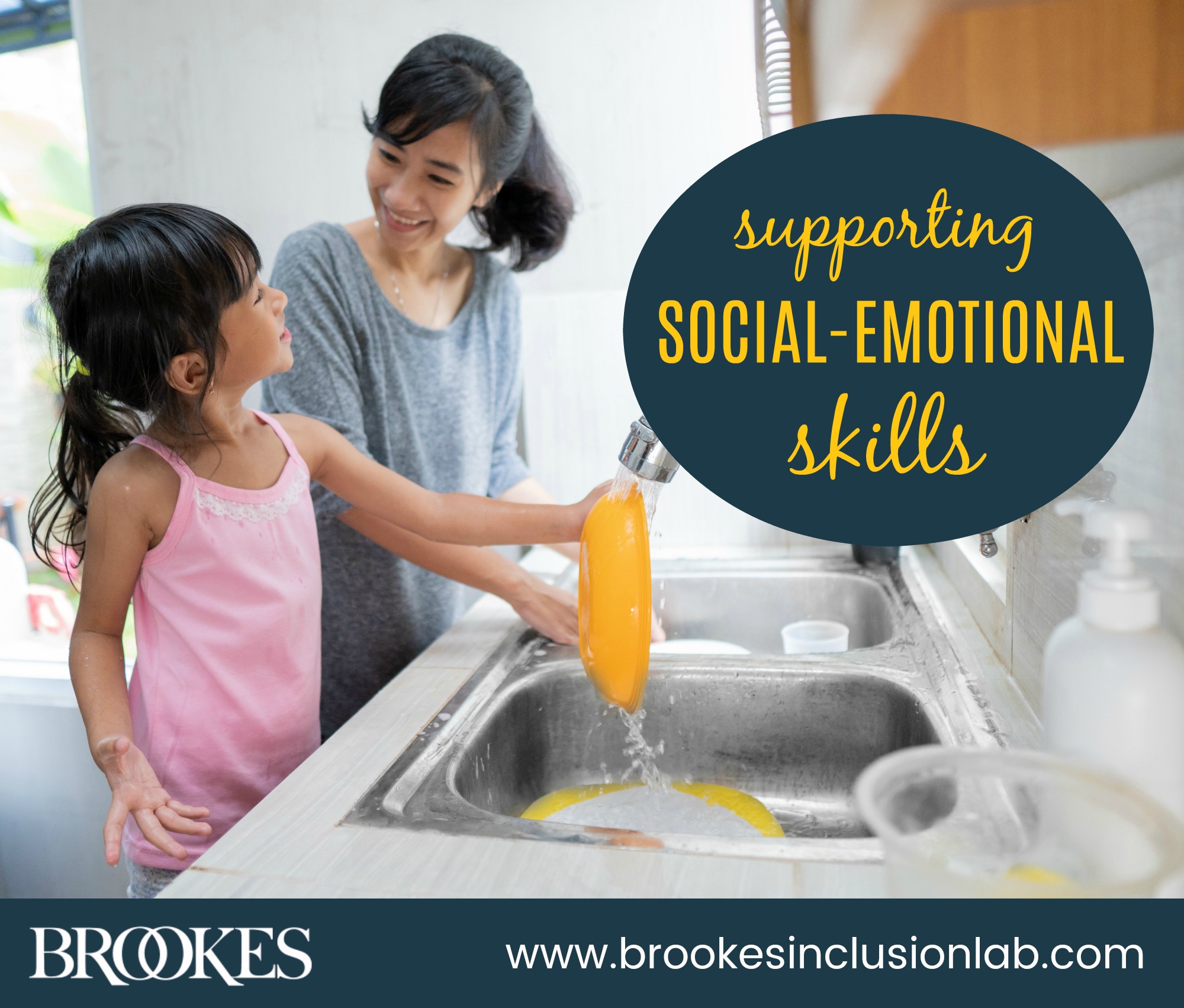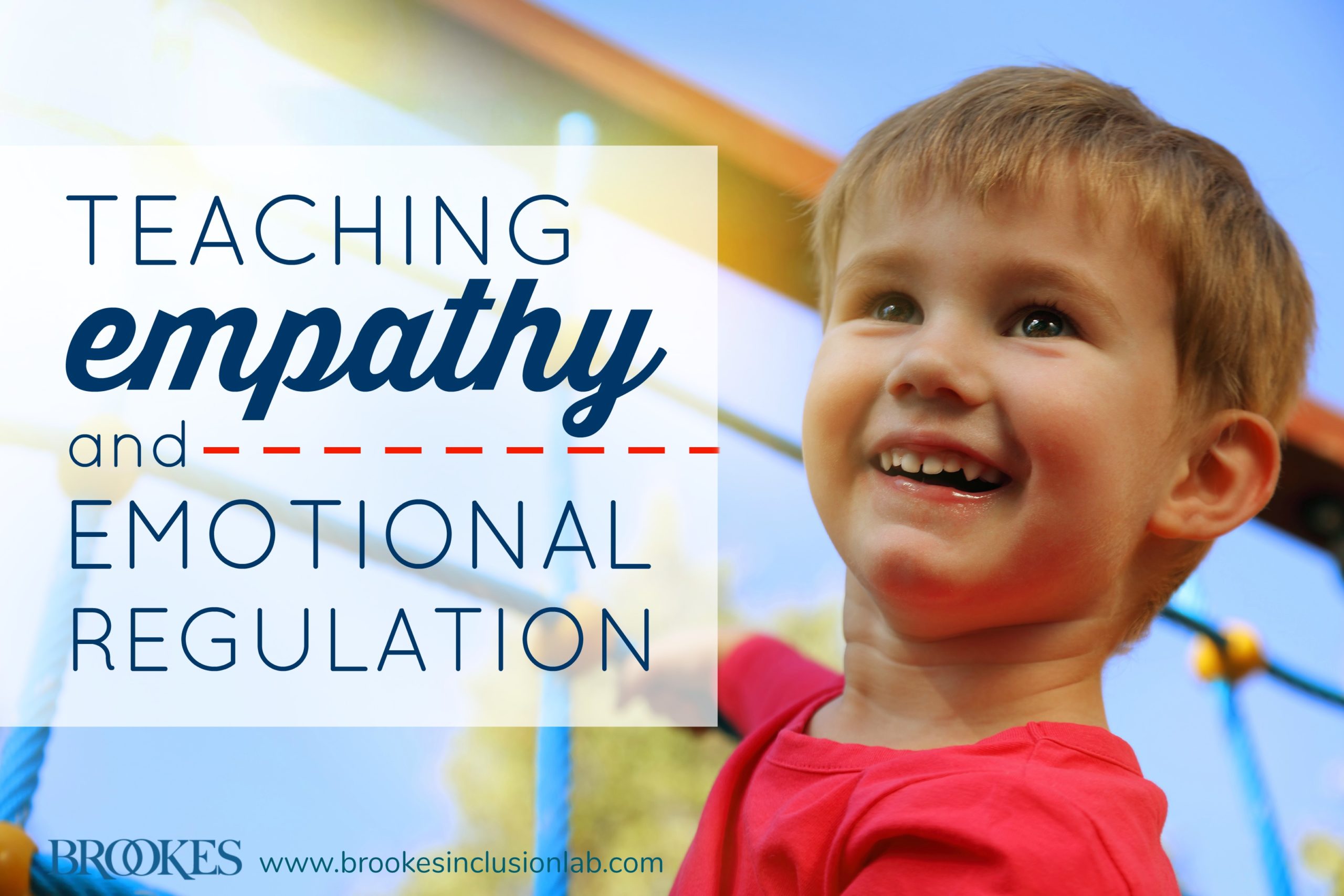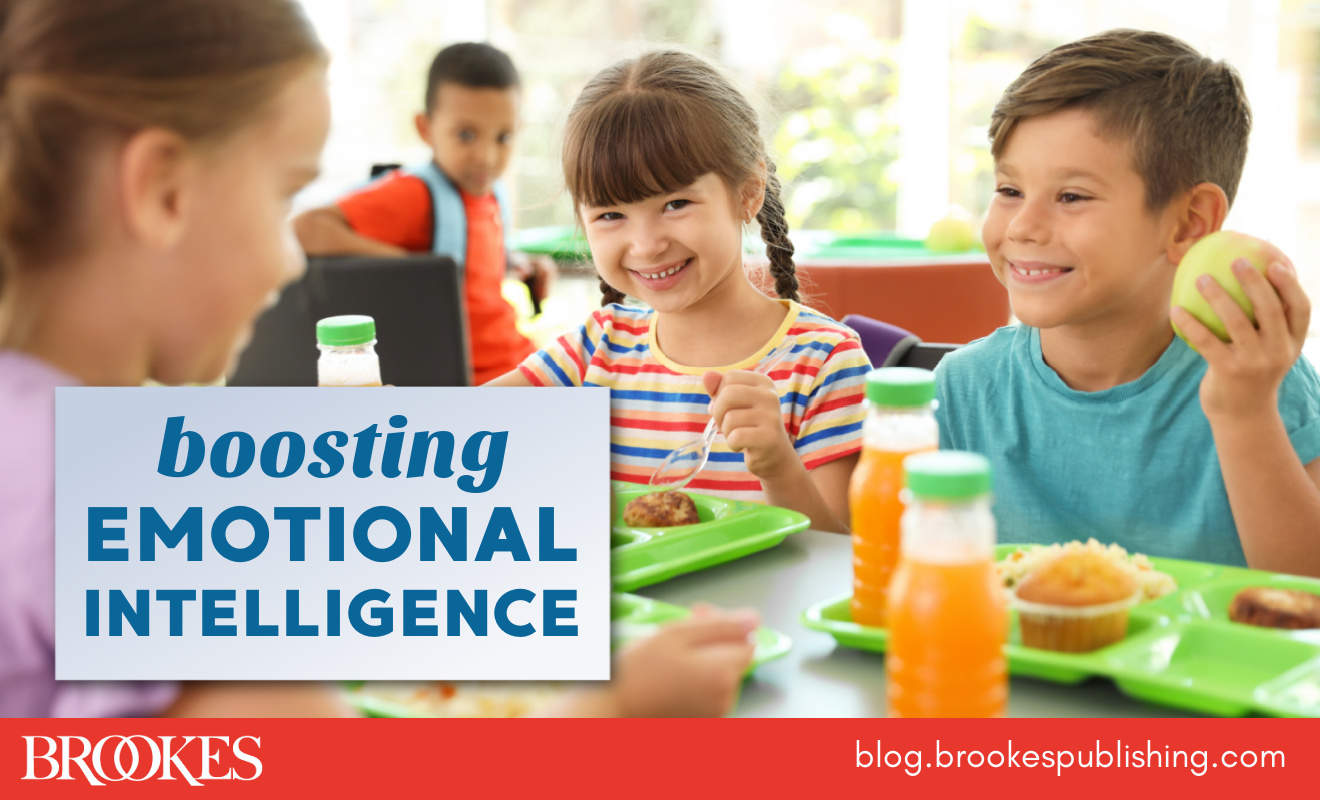What is emotional intelligence, and why is it so important for all students to develop it? In her new book The Social Emotional Learning Toolbox, author Kathy Perez gives a short answer that sums it up well:
Emotional intelligence can be concisely defined as the ability to manage one’s feelings and interact positively with other people. This is of paramount importance in the classroom because classrooms are inherently emotional settings. Schools need to develop a culture in which teachers and students talk freely about their feelings.
To develop this kind of culture, schools should make it a priority to help all learners recognize and name the wide range of feelings they experience and nurture positive emotions and interactions. Today’s post, excerpted and adapted from The Social Emotional Learning Toolbox, gives you eight easy activity ideas for encouraging talk about feelings and boosting emotional intelligence for all students.
Good Things
Your students will enjoy this quick and easy activity, especially when you use it during your morning meeting to get your day off to a positive start. The directions are simple: Just ask each student to turn to a partner and share with them “something good”—whether it’s a current situation that’s making them happy or something they’re looking forward to in the future. Here are some sample sentence stems you can share with your students to ease the discussion:
- One good thing in my life is…
- A good thing about myself is…
- Something good that happened is…
- One good thing I am looking forward to is…
After your students have discussed their “good things” with a partner, ask for volunteers to share with the class.
Sing It With Feeling!
Another way to start your day with an emotional intelligence booster is by singing an “emotion hello song” with your class. Start by singing the following in a lively, responsive and rhythmic way: “Hello, hello, hello, and how are you? I’m glad, I’m glad, and I hope you are too.” Ask the students to chime in with other ways they could feel, and/or show them pictures of feeling faces to choose from. Sing the simple song in other ways with your students, each time depicting a different emotions in your expressions, voice, and actions.
“Feelin’ Good” Journal
Creating a class journal or book of good feelings is another way to help students identify positive emotions. You might introduce the activity by talking a little about the many kinds of good feelings: “You can feel happy, funny, silly, safe, relaxed, proud, or excited. What makes you feel good? Sometimes special events can make you feel good, like a vacation or birthday party. Little everyday things can make you feel good, too, like playing a game at recess, hanging out with your friends, being with your pet, or when someone shares toys and games with you.”
After this introduction, prompt students to make a list of things that make them feel good, and use items from their lists to create a class “Feelin’ Good” Journal illustrating these things that spark positive emotions. Younger students who can’t yet write can draw a picture and then dictate a sentence for you to write under their illustrations.
Role Play Stories
Role play is an excellent strategy for teaching students different ways to show empathy and helping them develop interpersonal skills, self-awareness, and self-expression. It also gives students a chance to practice, apply, and fine-tune their emotional intelligence through interactions with others.
Start this activity by giving students different scenarios to act out. As they dramatize the scenarios, they’ll be able to draw on an expand their own empathetic vocabulary. Here are a few situations you can use as prompts:
- You’re at a carnival standing in line to go on your favorite roller coaster ride that goes really fast and high. How do you feel?
- The bell rings for recess! You’re planning to play on the swings, but when you get to the playground, all the swings are being used already. How do you feel?
- You and your friends are playing checkers. You are winning. Suddenly, your dog runs through the living room and on top of your checkerboard. Checkers go flying everywhere and you lose your spot on the board. How do you feel?
- You’re at Disneyland and waiting in line to get a photo and autograph with your favorite character, Mickey Mouse. How do you feel?
- Your best friend invited you to a play date at her house on Saturday. But that morning, your friend’s mom calls and says that your friend is sick and so your play date is cancelled. How do you feel?
Plastic Egg Faces
Get a variety of colored plastic Easter eggs (usually available at the dollar store). On the top halves of the plastic eggs, draw many different eye expressions with a fine-lined, permanent black marker; on the bottom half, draw various expressions of the mouth. Then let students interchange the tops and bottoms of the eggs to make all sorts of different faces and emotional expressions. Have them talk about the feelings they see on the egg faces and what might have happened to cause that facial expression.
Puppets and Feelings
Puppets are a good way to enhance the fun and value of role-playing, especially for younger children. Use simple sock puppets to act out different situations—for example, have one puppet takes a toy from another puppet and ask the children what emotion(s) the puppets might be feeling (you might try having them choose from pictures of children showing different emotions). After labeling the feelings, have children:
- talk about what it feels like when someone doesn’t share
- practice making the emotion with their own faces
- discuss what the puppet should do next when feeling that emotion
As an art project, you can also have each child make their own hand puppet and ask them to use the puppets to convey their feelings during more role-play activities.
Feeling With Your Feet
If it’s a nice day and outdoor play is possible, try this emotion walking game with your students while outside. Before the activity, start by talking about the body language associated with different feelings. Then sound a bell and have students walk around the playground like they are angry. Ring the bell again and have the children walk like they are happy. Repeat the activity until you’ve practiced acting out many different emotions.
The Wonder of Words: Teaching Feeling Words
Depending on the age of your students, you can expand their emotional vocabulary by teaching more robust feeling words. Here’s a list of the more sophisticated feeling words you can explicitly teach your students to expand their emotional intelligence:
| • Peaceful | • Fantastic |
| • Cheerful | • Generous |
| • Confused | • Embarrassed |
| • Disappointed | • Generous |
| • Brave | • Relieved |
| • Curious | • Uncomfortable |
| • Overwhelmed | • Proud |
| • Tense | • Bored |
| • Satisfied | • Impatient |
| • Stubborn | • Jealous |
| • Frustrated | • Envious |
| • Awkward | • Ignored |
| • Surprised |
Talk about these feeling words with your students, invite them to act out the words, and have them identify situations in which they might experience these feelings.
Use the activities in today’s post to deepen your students’ awareness of their own feelings and strengthen their emotional intelligence inside and outside the classroom. And be sure to explore The Social Emotional Learning Toolbox for a complete primer on high-quality, evidence-based SEL instruction!

The Social Emotional Learning Toolbox
Created by a seasoned educator with three decades of experience, this research-supported introductory guidebook is filled with classroom-tested tips and techniques that help any K-5 teacher make SEL an integral part of each school day.
Stay up to date on the latest posts, news, strategies, and more!
Sign up for one of our FREE newslettersMore posts like this

10 Quotes (and Tips) for Building Strong Social-Emotional Skills
September 14, 2021
11 Simple Things You Can Do To Support Young Children’s Social-Emotional Skills
October 27, 2020


Write a Comment
Your email address will not be published. Required fields are marked *
Post a Comment